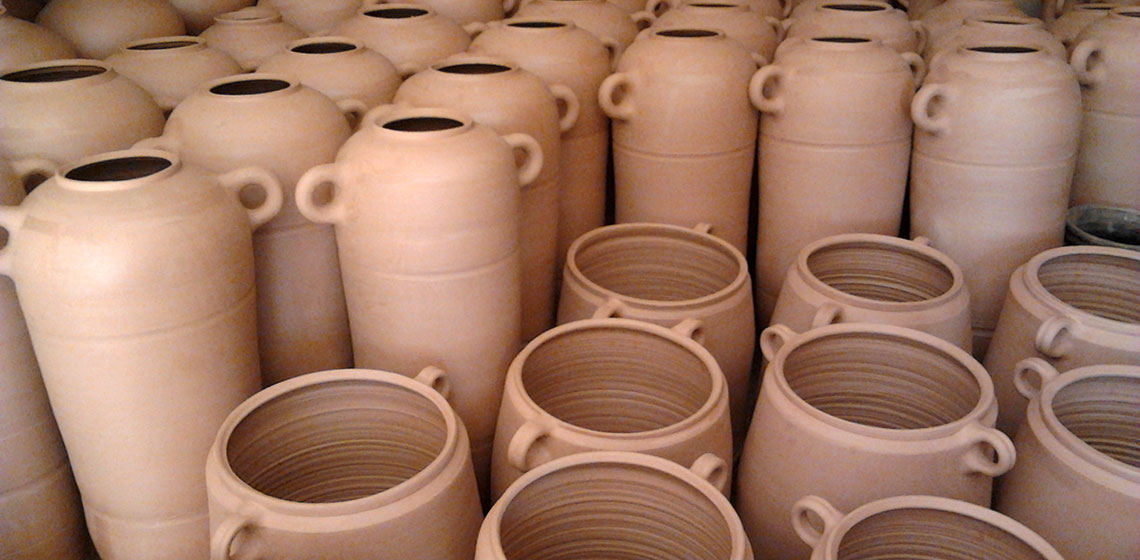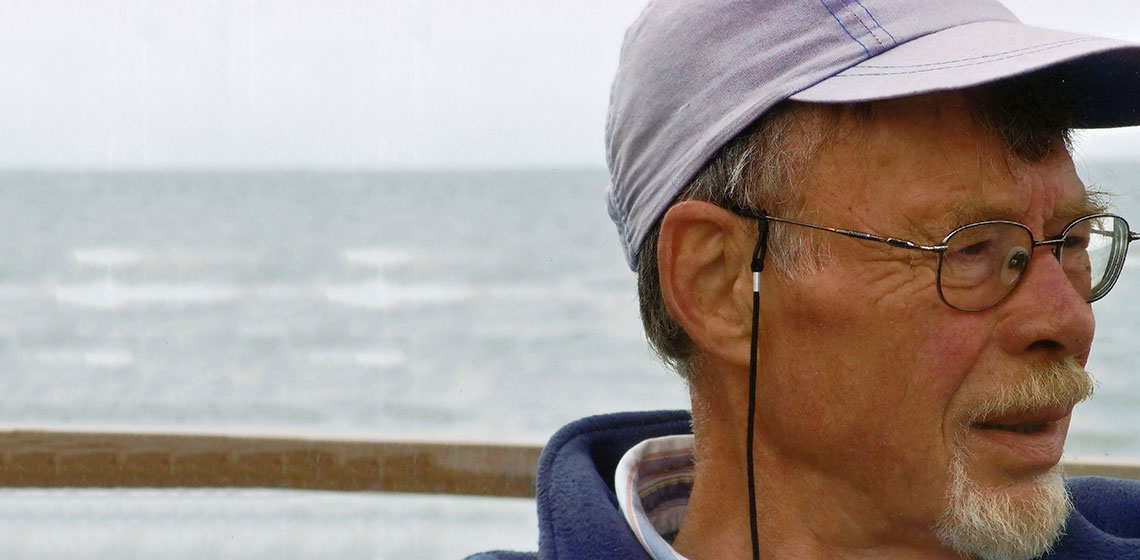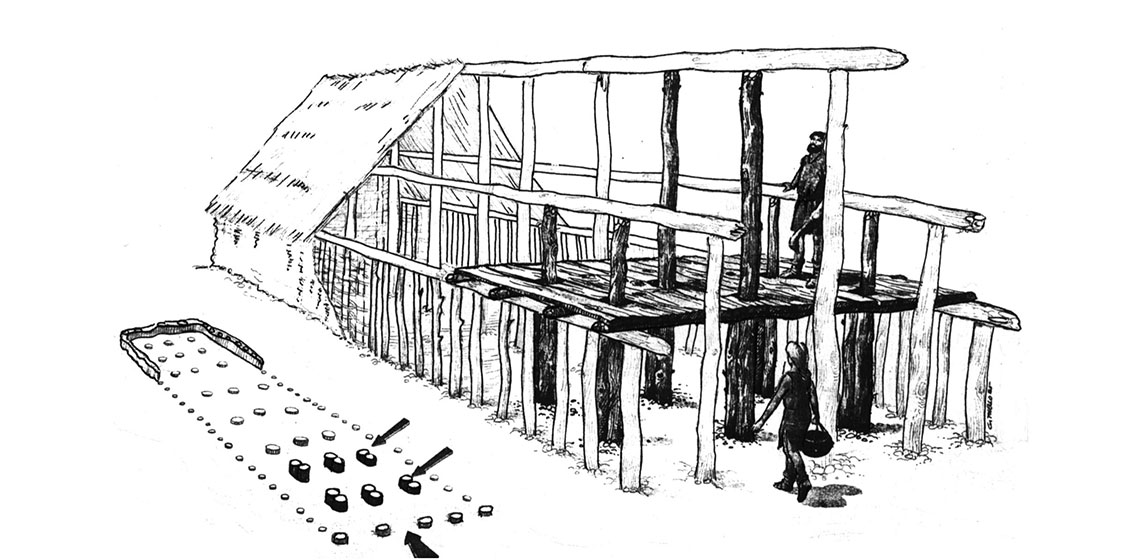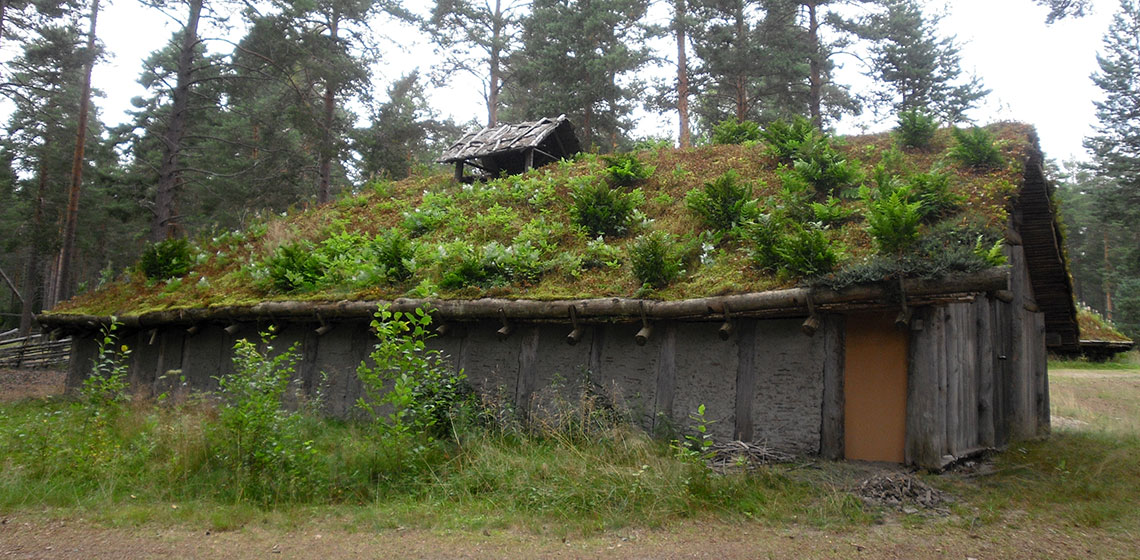(re)construction
Reconstruction
A rebuilding of a destroyed structure based on available evidence to show how the original might have looked. Also: (re)construction
Construction of a Neolithic Longhouse Model in the Museum of Prehistory Urgeschichtemuseum (MAMUZ)
A Gaulish Throwing Stick Discovery in Normandy: Study and Throwing Experimentations
Two Reconstructions of Prehistoric Houses from Torun (Poland)
The Iron Age Iberian Experimental Pottery Kiln of Verdú, Catalonia, Spain
Obituary: in Memory of Otto Harsema (11 September 1939 - 8 September 2013)
The Reconstruction of the Danubian Neolithic House and the Scientific Importance of Architectural Studies
Un objet de recherche […] à la fois particulièrement fertile et contraignant, en ce qu'il impose de ne jamais - sauf de façon provisoire - disjoindre le matériel du social et du mental. [A topic of research both particularly fertile and constraining because it demands the one never - except provisionally - separates the material from the social and the mental] Isac Chiva 1987 - La maison: le noyau du fruit, l'arbre, l'avenir. Terrain - Habiter la maison, 9: 5-9.
Aspects on Realizing House Reconstructions: a Scandinavian Perspective
Using examples from the Scandinavian Iron Age and Viking Age, problems in realising house reconstructions are discussed here, including the deskwork necessary as part of the preparations. My own experiences in this field include participation in the 1966-1973 excavations of the settlement fort at Eketorp (Öland, Sweden) and the subsequent partial reconstruction of the fort. The second settlement phase, of interest here, is dated from the fifth to early seventh centuries AD (Borg et al. 1976).
Gene Fornby - the Ancient Village of Gene
I have for years, through articles, debate and political activities, been a very active part in the efforts to preserve Gene Fornby from demolition. The cause seemed long doomed to be lost, but in the end the saving-line won. Therefore the longhouse and the smithy, in my opinion the important reconstructions, will be preserved and restored.









